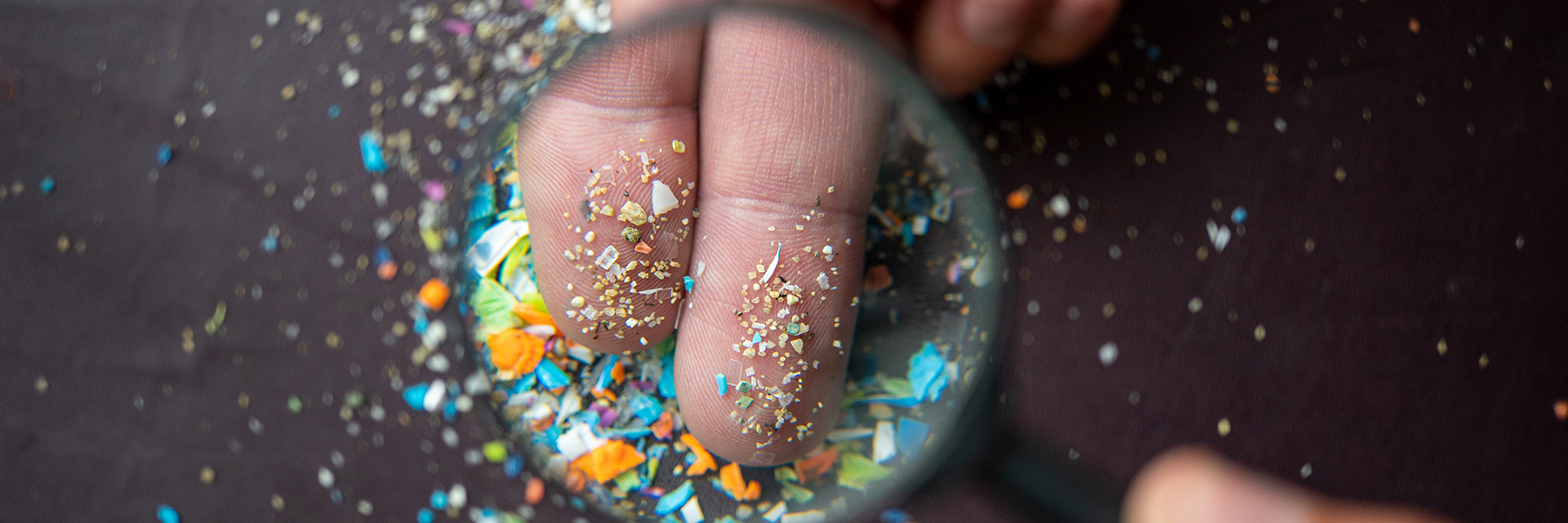Post
Published on November 28, 2022
Researchers at the Lassonde School of Engineering at York University are working to develop innovative methods for the detection of microplastics in bodies of water. Recently, a group of researchers successfully designed and prototyped an affordable and simple device for the detection of microplastics.

Water sources often contain pollutants due to the breakdown of large plastics and commercial product development, some of these pollutants are undetectable to the naked eye. One example of such pollutants are micro-and nano-plastics, which are harmful both to the environment and living organisms, including humans. That’s why researchers at the Lassonde School of Engineering at York University are working to develop innovative methods for the detection of microplastics in bodies of water. Although there are some standard laboratory-based methods to detect microplastics, they often have significant drawbacks, including both time and cost, which prevent their use in detailed investigations of aquatic environments.
Recently, a group of researchers from Lassonde Professor Pouya Rezai’s lab in the Department of Mechanical Engineering have designed and prototyped an affordable and simple microfluidic device for the on-site detection of microplastics. The team of researchers includes two postdoctoral fellows and former Lassonde PhD candidates Alireza Zabihihesari and Arezoo Khalili and one MSc student Mohammad-Javad Farshchi-Heydari. They fabricated the device with replica molding of two polydimethylsiloxane (PDMS) layers onto 3D-printed master molds.
The microfluidic device consists of a straight microchannel in which the water sample enters from one end and leaves from the other. Simultaneously, a DC sweep current is applied to two microwires crossing the microchannel. Applying an electrical current to microwires induces an attractive electrophoretic force, which leads to microplastics accumulating on the positive or negative electrode (microwires), thereby changing the electrical resistance.

This approach was tested using sparked microplastics in water at different concentrations. In the future, this sensor can be integrated into a hand-held device, enabling on-site detection of microplastics in aquatic environments. Currently, Rezai’s research group is working to expand the application of their sensor for detecting microplastics of different shapes, types and sizes in real samples collected from lakes, seas and oceans with various concentrations of salt.
Their manuscript is now available online and for the past few weeks it has been listed on Social Science Research Network’s (SSRN) Top Ten download list for: Analytical Chemistry eJournal and ChemRN: Fluidics.
The manuscript is available online: Simple Microfluidic Device for Simultaneous Extraction and Detection of Microplastics in Water Using Dc Electrical Signal.
Originally published by Yfile(November 25, 2022).
Themes | Global Health & Humanitarianism |
Status | Active |
Related Work |
N/A
|
Updates |
N/A
|
People |
You may also be interested in...
GEHLab Interns Present at 2024 CUGH Conference in Los Angeles, California
From March 7th to March 10th, 2024, two Global and Environmental Health Lab members attended the 15th annual Consortium of Universities for Global Health (CUGH) Conference held in Los Angeles, California. Dahdaleh global health alumna Mirianna Georges and ...Read more about this Post
Call for Presentations – 2023 Critical Social Science Perspectives in Global Health Workshop
The fourth Critical Social Science Perspectives in Global Health (CPGH) Research workshop returns as an in-person event on Wednesday, March 29 from 9 a.m. to noon ET at the Dahdaleh Institute for Global Health Research. Continental ...Read more about this Post
Recap – Water Resource Management in Freetown, Sierra Leone
On January 24, 2024, Brian Waters, a PhD Candidate in Geography at York University, shared his journey and findings from a study conducted in Freetown, Sierra Leone. Brian's inquiry was deeply inspired by the stark ...Read more about this Post
